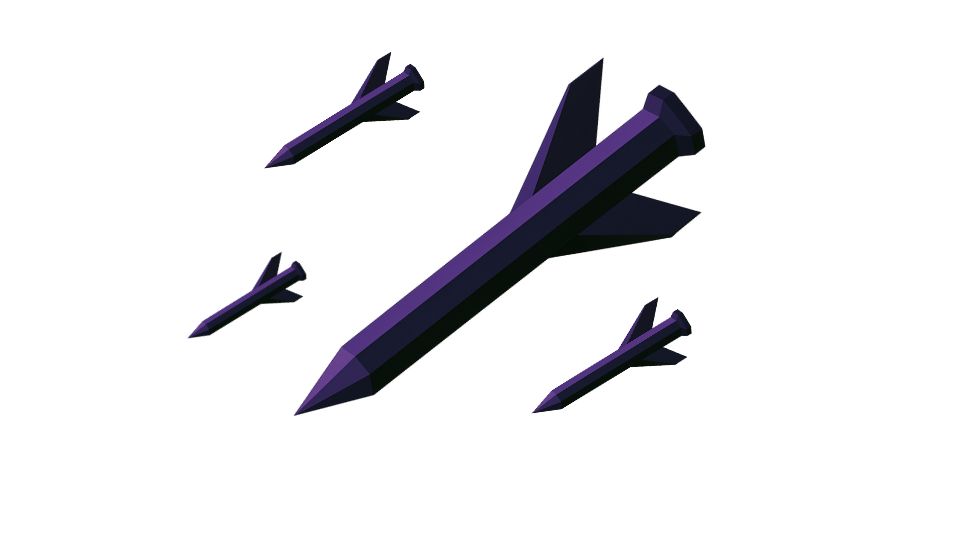The U.S. Army is seeking manufacturers for its new XM1208 155mm cluster shells, aiming for a production of up to 30,000 rounds annually. This push addresses the urgent demand for howitzer munitions, particularly amidst global conflicts. Read more about the Army’s efforts here: Defense News
The current U.S. production of artillery shells is 40,000 per month, but Western allies are still struggling to meet demand due to the war in Ukraine. This initiative aims to bolster the supply chain. For more on the production struggles, see: RFE/RL
The XM1208, designed to be fired from Paladin and M777A2 howitzers, carries nine M99 Advanced Submunitions. It has a maximum range of about 14 miles. Learn more about the XM1208: JPEO AA
These submunitions are expelled in flight, arming themselves and deploying ribbon stabilizers. They then deliver approximately 1,200 tungsten fragments above the target, with multiple backup fuzes for reliability.
This new generation of cluster shells aims to balance offensive capability with international treaty adherence. The Army is focused on developing multi-submunition artillery shells with a low dud rate.
Older Dual-Purpose Improved Conventional Munitions (DPICM) often had high dud rates, ranging from 2% to 14% for U.S. versions, and up to 40% for Russian ones. This left dangerous unexploded ordnance on battlefields. A detailed analysis on cluster munitions is available here: CSIS
The Army plans to replace DPICM with the Cannon-Delivered Area Effects Munition (C-DAEM) program. This includes the XM1180 for anti-armor and the XM1208 for personnel and light vehicles. Read about the successful test: Army.mil
C-DAEM aims for enhanced lethality against diverse targets, extended range, effectiveness in GPS-contested areas, and reducing unexploded ordnance risks. A successful test of the XM1180 occurred in March 2024.
Despite efforts to field next-gen cluster weapons, DPICM will likely remain in inventory for emergency use. The challenge remains in achieving a dud rate below 1% at an acceptable cost.
The U.S. military’s drive for increased munitions production extends beyond artillery. The Air Force is also accelerating efforts to develop cost-effective, rapidly producible anti-air missiles.
This program, known as CAMP, aims for thousands of units at about $500,000 each. It underscores a broader defense imperative to meet urgent demands across various combat needs.
This strategic shift emphasizes widespread accessibility and quick replenishment over highly specialized, costly weapon systems. For more details on these initiatives, see US Air Force Initiates Counter-Air Missile Program (CAMP).

